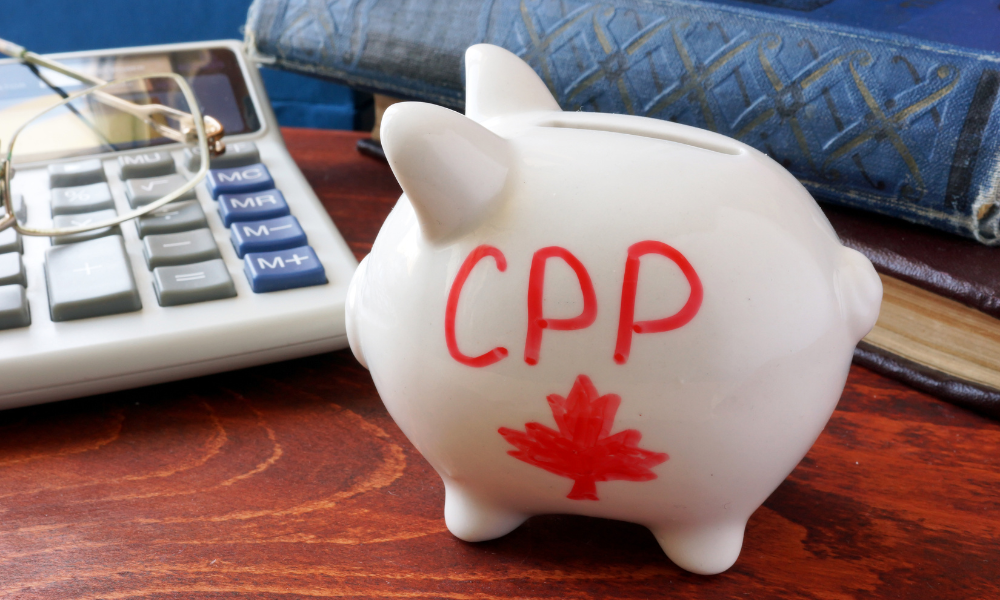CPP Investments CEO signals interest in bridges and pipelines as fund reassesses global diversification strategy

In an opinion piece by BNN Bloomberg, CPP Investments CEO John Graham said he sees potential value in large-scale domestic infrastructure projects proposed by Prime Minister Mark Carney.
His comments come as the $714.7bn fund considers reversing a decades-long strategy of international diversification to increase its stake in Canada.
“We think that there may be the will to actually build some of these things,” Graham told The Canadian Press, referring to infrastructure like bridges and pipelines that could benefit millions of Canadians contributing to the public pension.
A new focus on Canadian infrastructure
The remarks reflect a broader effort to reduce Canada’s economic dependence on the United States, stimulate the domestic economy, and strengthen ties with global markets.
The Canada Pension Plan Investment Board (CPPIB), which manages the fund, may now explore opportunities to invest more within the country.
The shift would mark a notable departure from CPPIB’s longstanding diversification strategy.
As of March 31, 47 percent of its holdings were invested in the US, compared to 12 percent in Canada.
The remainder included 19 percent in Europe, 17 percent in the Asia Pacific, and five percent in Latin America. The portfolio is also diversified across asset classes and sectors.
Canadian public equities account for less than three percent of global markets, and most of that exposure is concentrated in the resource and finance sectors.
Historically, CPPIB avoided concentrating its risk by investing heavily outside Canada.
Performance and global ranking
CPP Investments reported a net return of 9.3 percent for its latest fiscal year—slightly below its benchmark of 10.9 percent.
The strongest gains came from public equities in the US and China, despite tensions over global trade.
A weaker Canadian dollar also boosted returns by inflating the value of foreign investments when converted back to CAD.
Global SWF, a state-run tracker, ranked CPP Investments second out of 25 global pension funds for 10-year returns from 2015 to 2024.
The fund posted an average annual return of 9.2 percent, just behind Sweden’s AP7.
According to a 2012 report from the Office of the Chief Actuary of Canada, the CPP fund requires only a four percent real rate of return per year until 2087 to remain sustainable at current contribution rates.
Balancing patriotism and prudence
While domestic infrastructure investment could support Canadian workers and economies, overexposure to the Canadian market may introduce new risks.
Industry experts suggest that excessive home-country bias could undercut returns and weaken diversification benefits.
Canadian investment groups have proposed preferential tax treatment to encourage domestic investment.
Until the 1990s, registered retirement saving plans (RRSPs) were restricted from investing more than 20 percent of assets outside Canada.
There are concerns that political pressure and patriotic sentiment could override prudent investing.
However, one safeguard remains: the CPP is a crown corporation that operates independently from government. It manages contributions from employers and workers—not taxpayer funds.
Implications for retirement
CPP benefits are designed to supplement other retirement income such as RRSPs or workplace pensions.
In 2025, the maximum payout at age 65 is $17,200, though few receive the full amount.
Payments are calculated based on contribution levels, average earnings during working years, and the age benefits begin.
One notable feature is that CPP benefits are indexed to inflation, offering a cost-of-living hedge that most pension plans lack.



